Search
Did you mean: Derbent?
Search Results

Definition
Scythian Religion
Scythian religion appears to be an amalgam of belief in a pantheon of gods grafted to more ancient animal reverence and shamanistic practice. According to their burial finds, the Scythians appear to have had a deep affinity with the animals...
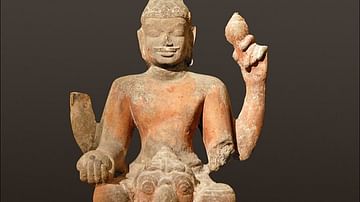
Definition
Garuda
Garuda is a bird creature from Hindu mythology that has a mix of eagle and human features. He is the vehicle (vahana) of Vishnu and appears on the god's banner. Garuda represents birth and heaven, and is the enemy of all snakes. In Indian...
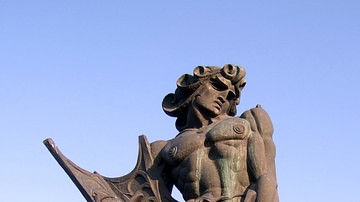
Definition
Armenian Mythology
The mythology of ancient Armenia is a rich blend of indigenous traditions with imported ideas from neighbouring cultures and migrating peoples added over the centuries. The legends and stories helped to explain natural phenomena, provide...
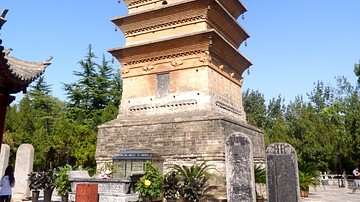
Definition
Luoyang - Ancient Chinese Capital
Luoyang (aka Loyang) was the capital city of many ancient Chinese dynasties, a position it frequently swapped with Chang'an, usually whenever there was a change of dynasty. Located in the Henan province in the eastern part of China's central...
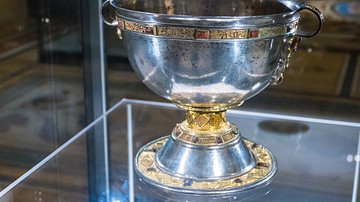
Definition
Derrynaflan Hoard
The Derrynaflan Hoard is a collection of Irish altar vessels dating between the 8th and 9th centuries CE. Discovered on the island of Derrynaflan, in the townland of Lurgoe, Co. Tipperary in 1980 CE, the pieces are now on display at the National...
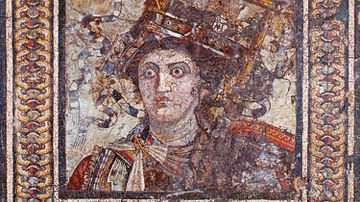
Definition
Berenice II Euergetis
Berenice II Euergetis (c. 267-221 BCE) was a pre-eminent Hellenistic queen, who ruled together with her husband Ptolemy III (r. 246-221 BCE), when the Ptolemaic kingdom was at the height of its power, dominating most of the eastern Mediterranean...

Definition
Xochicalco
Xochicalco in central Mexico was an important hilltop centre from the 8th century CE and was a rival and successor of Teotihuacán. Architecture at the site is closely connected to that of the Classic Maya, Teotihuacan, and Veracruz, and contact...
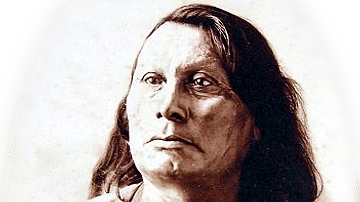
Definition
Sioux War Chief Gall (Eastman's Biography)
Gall (Phizi, l. c. 1840-1894) was a Hunkpapa Lakota Sioux war chief best known for his participation in the Battle of the Little Bighorn in June 1876. He was a close associate of Red Cloud (l. 1822-1909), Sitting Bull (l. c. 1837-1890), and...
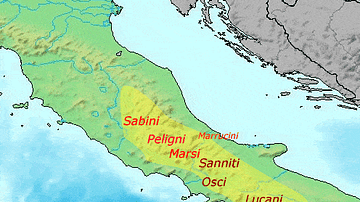
Definition
Angitia
Angitia, which also appears epigraphically as Angita, Arigitia or Anguita, was a goddess among the pre-Roman Italic and Oscan-Umbrian peoples of central Italy and believed to have persisted as a domestic cult figure well into the Roman Republic...

Article
The Life of Hercules in Myth & Legend
Hercules is the Roman name for the Greek hero Herakles, the most popular figure from ancient Greek mythology. Hercules was the son of Zeus, king of the gods, and the mortal woman Alcmene. Zeus, who was always chasing one woman or another...